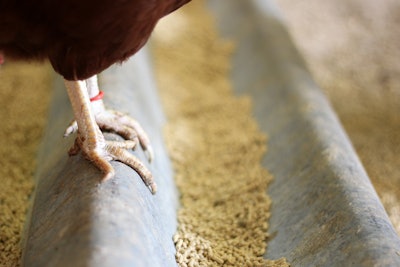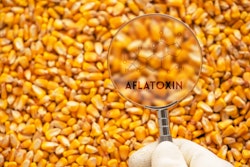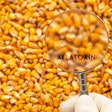
Real-time imaging technology could test for and identify the presence of harmful mycotoxins in poultry feed.
“Consuming mycotoxin contaminated feed can significantly impact the health of poultry,” Schweta Gupta, co-founder, ImagoAI Inc, said. “It can also reduce performance and result in a direct economic loss to the industry as well.”
Mycotoxins in poultry feed can alter and impair the microbiome, leading to necrotic enteritis, reducing egg production and quality and negatively impacting performance.
Analyzing chemical composition
Hyperspectral imaging is a form of spectroscopy that combines artificial intelligence (AI) and optical imaging. In simpler terms, it collects and processes information about wavelengths on the light spectrum to determine the chemical composition of an object, which in this case is feed.
“Every material and every compound reacts to light differently. Because of that, the reflectance measurement results in a different spectral signature that ultimately helps to identify different material composition,” Gupta adds. “It’s a beautiful phenomenon of light interacting with different compounds.”
Other uses for hyperspectral imaging in the poultry industry include looking for meat quality defects like woody breast during processing and predicting chick mortality in the incubator and hatchery.
Identifying mycotoxins
When used on site, hyperspectral imaging can detect the presence of mycotoxins in corn in less than 30 seconds, compared to five to ten minutes for traditional mycotoxin testing. As an added benefit, it is designed for ease of use.
In addition to the poultry industry, the technology can also be used in feed mills, flour mills, wet/dry mills, grain elevators, pet food and ethanol plants.

















